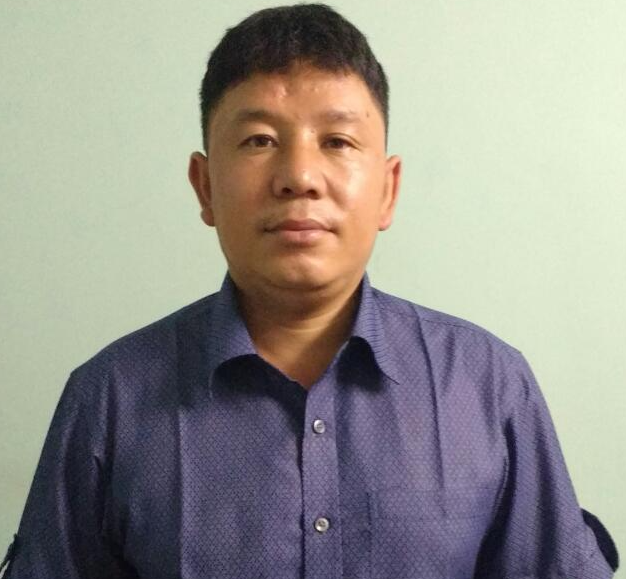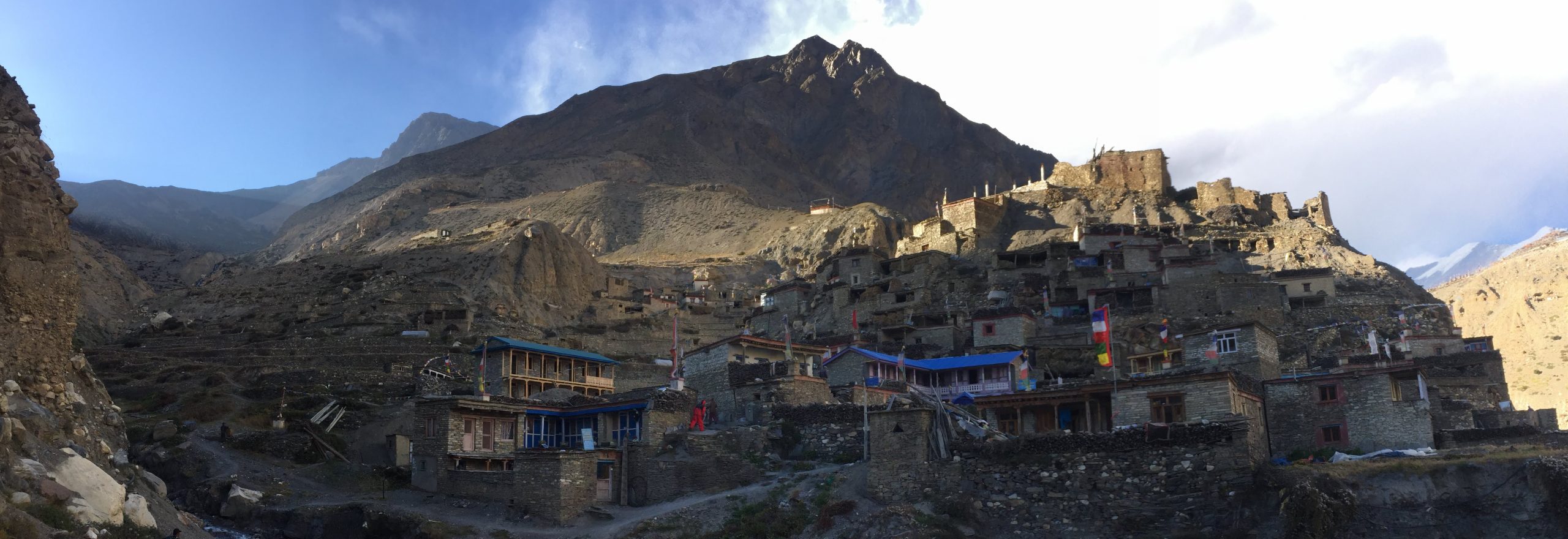Annapurna Circuit Trek Overview
The Annapurna Circuit Trek is one of the most famous and diverse trekking routes in Nepal, renowned for its dramatic landscapes, cultural variety, and adventure. This classic Himalayan trail circles the Annapurna Massif, offering trekkers a journey through lush subtropical forests, alpine meadows, windswept valleys, and high-altitude deserts. It is often considered one of the greatest trekking experiences in the world due to the sheer range of scenery, altitude variation, and cultural encounters.
The trek typically begins in the lower elevations of Besisahar and gradually ascends along the Marsyangdi River valley through charming Gurung and Magar villages. As you gain altitude, the surroundings change dramatically—rice fields give way to pine forests and rocky cliffs, and eventually to the Tibetan-influenced village of Manang. This village, located at 3,540 meters, serves as an ideal acclimatization stop and offers insights into local high-mountain culture.
The most challenging and thrilling part of the trek is crossing the Thorong La Pass at 5,416 meters—one of the highest trekking passes in the world. Reaching the pass is a rewarding experience, offering jaw-dropping views of the Annapurna and Dhaulagiri ranges. After crossing, the trail descends to the sacred temple of Muktinath, a revered pilgrimage site for both Hindus and Buddhists. The landscape now shifts into the dry, windswept Kali Gandaki Valley, resembling the Tibetan plateau.
As the trek continues, you’ll pass through the charming town of Jomsom and have the chance to relax in the natural hot springs of Tatopani, a welcome treat for tired legs. A side trip to the beautiful village of Ghorepani and the viewpoint at Poon Hill offers a panoramic sunrise over the Himalayas, adding another highlight to the journey before descending to Pokhara.
The Annapurna Circuit Trek usually takes around 14 to 18 days, depending on your starting and ending points, pace, and chosen route variations. It is a moderate to challenging trek that requires good physical fitness, proper gear, and acclimatization, especially for the high pass. The best seasons to do the trek are spring (March to May) and autumn (September to November), when the weather is stable and the mountain views are crystal clear.
Combining physical challenge with cultural immersion and unmatched natural beauty, the Annapurna Circuit Trek remains a once-in-a-lifetime experience. Whether you’re seeking adventure, solitude, or cultural exploration, this trek offers something for every type of traveler.



 Have Questions?
Have Questions?




